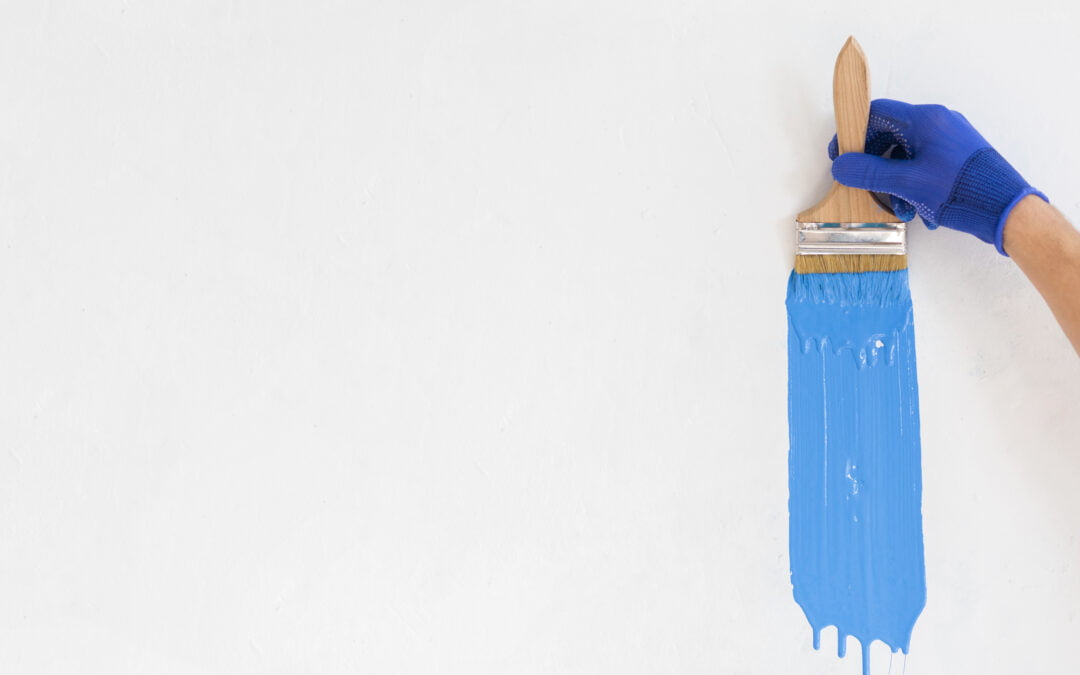One of the most frequently asked questions regarding exterior painting is; “When is the best time of year for exterior painting?” With the fluctuation of weather in Canada, it is difficult to pinpoint an exact start date that applies to every year. However, late spring to early fall is the timing we use at Gateway when doing any exterior projects. When doing exterior painting there are two main guidelines to follow to ensure the best finish and durability for years to come:
Moisture – The first and most obvious factor to consider is the moisture content in the air and the probability of rain. You cannot paint on rainy days and it is also advisable not to paint the day before or after a rain storm. While paint is dry to the touch in a few hours it can take days if not weeks to cure properly. With that being said, you want to make sure the surface you are painting is moisture free and no rain is expected in the forecast for at least 24 hours after the work is completed. If you have a moisture meter these are great tools to give you an accurate reading of the moisture content in the surface you are trying to paint. The moisture level on the surface to be painted needs to be 16% or lower. This ensures the paint does not bubble as it dries and will stick properly to the surface.
Temperature – The second biggest factor is the temperature; both surface and air temperature. You want to make sure the surface and air temperature are a minimum of 7 degrees Celsius when painting and they must remain that warm for at least a week after painting. Keep in mind that this guideline also pertains to the nighttime temperatures. If you put the paint on in the early spring when the temperatures are warm during the day then get down to freezing at night you run the risk of the paint cracking and peeling before it has a chance to adhere properly.
If you apply the paint with a spray application of any kind pay close attention to the wind speed the day you are painting. Paint has been known to travel as far as 5km once airborne. The last thing you want is an angry neighbour whose car has been covered in paint.
When painting the exterior of your home you want to make sure to use a good quality primer suitable for the surface you are painting. For example: when painting the bricks on your home you want to make sure to buy a high quality exterior masonry primer. The speciality primers are designed to adhere to specific surfaces and will give you a better final result. Exterior painting is one of the cheapest ways to add value and curb appeal to your home. Follow the above guidelines to ensure the best quality paint job for years to come!

